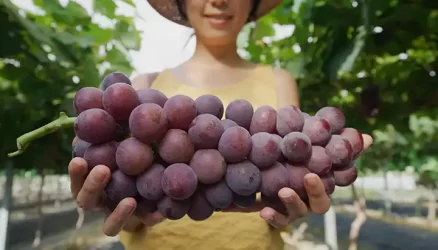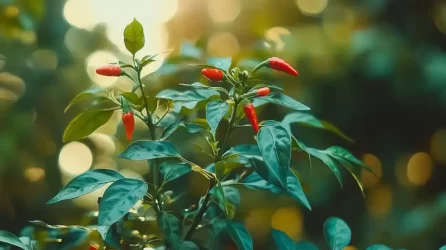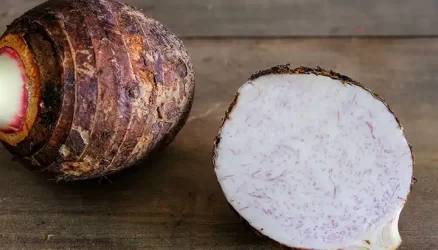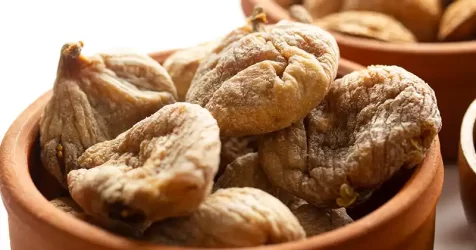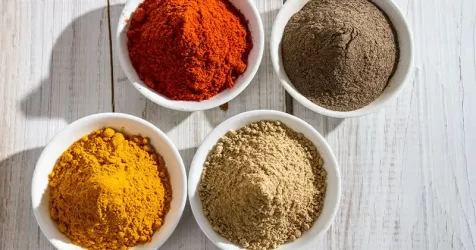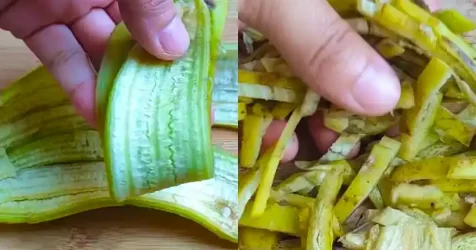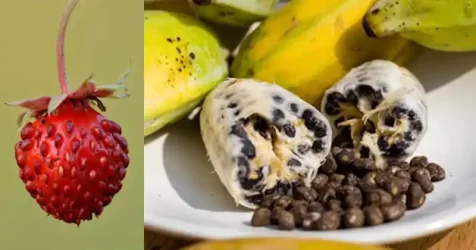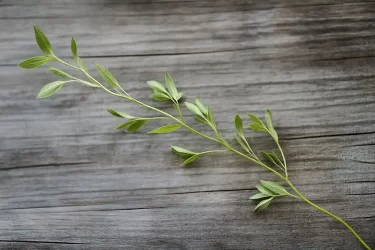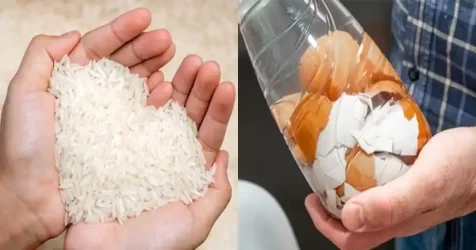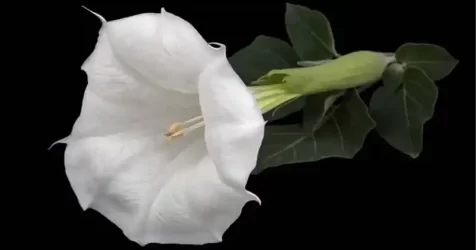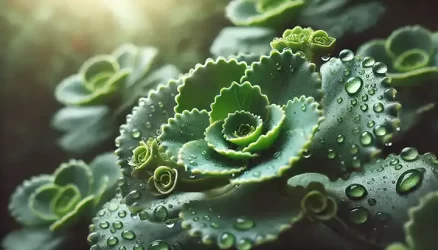Don’t Burn Dry Leaves. Do These Instead
As autumn leaves turn from vibrant greens to rich hues of red, yellow, and brown, they eventually dry up and fall, creating a seasonal task for homeowners and gardeners alike. While it may be tempting to burn these dry leaves, this practice is not environmentally friendly and can be hazardous. Instead, here are some sustainable and beneficial methods to utilize dry leaves in your garden and home.
1. Create Leaf Mold
Leaf mold is a fantastic soil conditioner. It’s simple to make; just gather your leaves into a pile or a bin and let them decompose naturally. The key ingredient? Time. It takes about a year for leaves to break down into leaf mold, but the wait is worth it. The result is a rich, crumbly, and nutrient-packed material that garden plants love.
2. Mulch Your Garden
Leaves are a free and nutrient-rich mulch. Shred them first to prevent them from forming a mat that water can’t penetrate. Spread the shredded leaves around your plants to retain moisture, suppress weeds, and gradually add nutrients back into the soil as they decompose.
3. Lawn Improvement
Finely shredded leaves can be used as a lawn fertilizer. Using a lawn mower with a bagging attachment, mow over the leaves to shred them into fine pieces. Then, disperse them evenly across your lawn. The shredded leaves will decompose over time, providing nutrients and improving soil structure.
4. Insulate Perennials
Dry leaves can provide insulation for your garden’s perennials during winter. After the first frost, mound a generous layer of leaves over the plants. This insulation can protect them from temperature fluctuations and the freeze-thaw cycles that can heave plants out of the ground.
5. Make Leaf-Based Compost
Leaves are rich in carbon, making them ideal for balancing the nitrogen in your compost bin. Combine leaves with green waste, like kitchen scraps, to create a balanced compost mixture. Turn the pile every few weeks to aerate it, which speeds up the decomposition process.
6. Crafting with Leaves
Dry leaves can be used for various crafts and home decor. They can be pressed, painted, or used as stencils for autumn-themed decorations. Children and adults alike can enjoy creative projects such as leaf rubbings, creating collages, or making handmade paper.
7. Animal Habitat
If you have a corner of your yard that you can leave a bit wild, pile up leaves there. They can offer a habitat for beneficial insects, toads, and even small mammals over the winter.
8. Pathway Material
Shredded leaves can be used as a pathway material in your garden. They create a natural walkway that blends into the landscape and, over time, will enrich the soil beneath the path.
9. Packaging Material
Instead of styrofoam or bubble wrap, dry leaves can serve as a natural packaging material. They are especially handy for insulating plants that are being transported or mailed during the cooler months.
10. Create Art
Use leaves as natural art supplies. They can be dipped in wax to preserve their color and shape, then used in homemade wreaths or as part of a natural centerpiece for your table.
11. Leaf “Clay” for Sculpting
By mixing dry leaves that have been ground into a powder with a small amount of water and flour, you can create a clay-like substance. This “leaf clay” can be molded and then dried for an all-natural craft material.
12. Use as Kindling
If you have a fireplace or wood stove, small amounts of dry, crumbled leaves can be used as kindling to start a fire. However, it is essential to use them sparingly due to their potential to cause excessive smoke and contribute to chimney buildup.
Conclusion
Dry leaves are not just garden waste; they are a valuable resource. By using them creatively and sustainably, you can contribute to the health of your garden, create beautiful crafts, and play a part in reducing environmental waste. So this fall, instead of burning your leaves, try these ideas to give them a new purpose.
